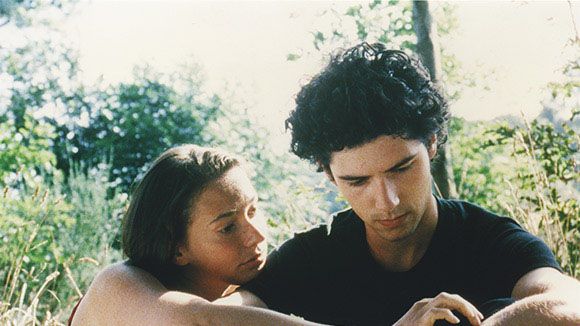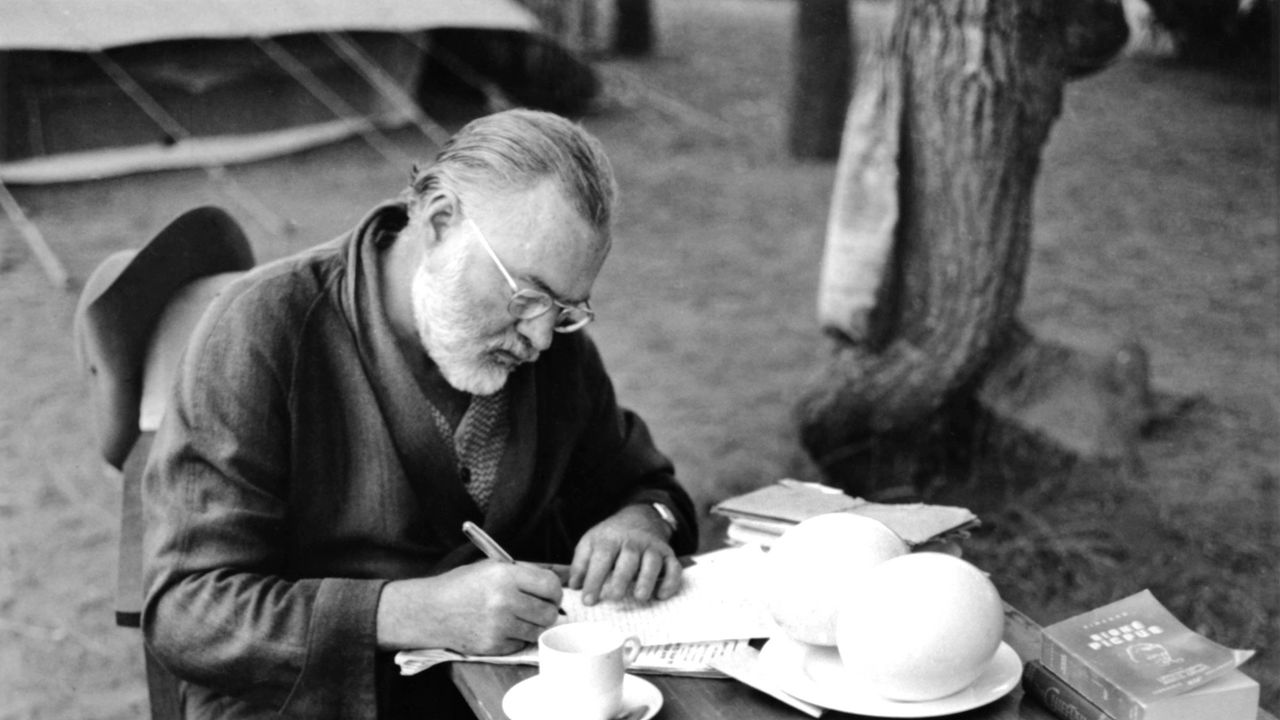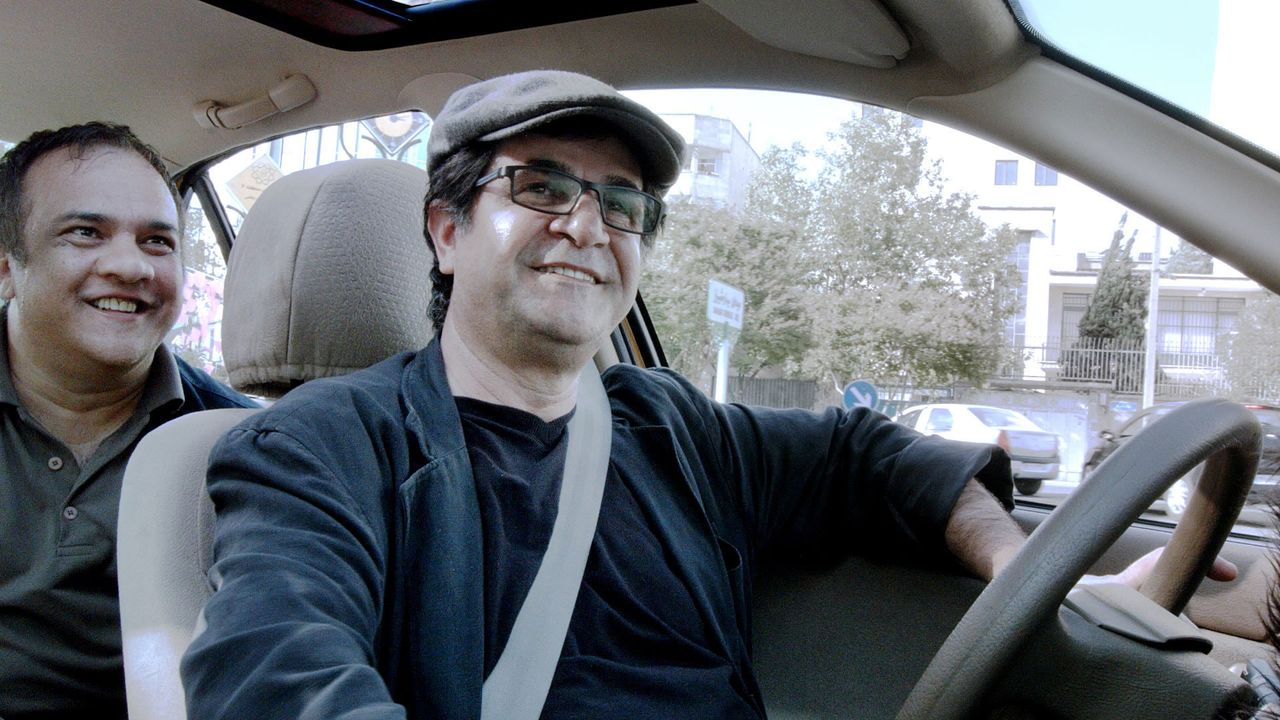Richard Brody
@tnyfrontrow
I am the movies editor for Goings On About Town and the author of “Everything Is Cinema: The Working Life of Jean-Luc Godard.”
Clint Eastwood made Play Misty for Me at 40. Éric Rohmer made The Sign of Leo at 39. Elaine May made A New Leaf at 38. Barbara Loden made Wanda at 38. Bill Gunn made Ganja & Hess at 39. Robert Bresson made Les anges du péché at 42. Marguerite Duras made Destroy, She Said at 55.
Orson Welles made Citizen Kane at 26 years old PTA made Boogie Nights at 26 Kubrick made Paths of Glory at 26 Ryan Coogler made Fruitvale Station at 26 Chantal Akerman made Jeanne Dielman at 24 Jean-Luc Godard made Breathless at 29
A couple of words about A Tale of Summer, a.k.a. A Summer's Tale, in which Éric Rohmer offers some of his most candid, albeit distantly retrospective, self-portraiture; it screens tonight at @Peter_Brooklyn_ at 7:30pm: newyorker.com/culture/richar… newyorker.com/goings-on-abou…

On Hemingway's birthday, a riff on his art of radically subjective nonfiction and another on why his style is his alone, not prescriptive (but still somehow in the air of his times): newyorker.com/culture/cultur… newyorker.com/culture/richar…

Jafar Panahi's Taxi (a.k.a. Taxi Tehran) is a reasonable person's turn to radical cinema—a work of freedom in form and spirit; it's at @Metrograph at noon: newyorker.com/culture/richar…

Yes; based on exposing unquestioned and unrecognized hierarchies that are rooted in language—and their inherent injustice.
Derrida once said that “Deconstruction is justice.” I try to start there, so yes. A form of care, a lived commitment to specificity. A determination to think and see and act and speak repentantly which is to say seriously, poetically, and, if you like, prophetically.
Kenneth Lonergan's Margaret is one of the central films of modern cinematic experience; bad timing—the delayed release, the shorter and longer versions—kept it from having a wider reach; the extended cut is at @BAMfilmBrooklyn at 4: newyorker.com/culture/richar… newyorker.com/culture/richar…
When Michael Bay's Pain and Gain, an invigorating cinemess, came out, it stood out from a context that has only grown since then, of neat and fussy realism; it's at @Metrograph at 6:25pm—in 35mm.! who knew) newyorker.com/culture/richar…

Haven't read the book but saw the movie when it came out and was still titled Cutter and Bone (and liked it a lot).
in the unusual position of (over a couple of days) re-watching the very fine CUTTER'S WAY on dvd at the same time as re-reading the very fine novel upon which it's based, CUTTER AND BONE (not simultaneously of course). Simplistic conclusion: books > films.
If you'd like to know a little more about F. Scott Fitzgerald and his days in Hollywood, his gloriously flawed scamp of a character Pat Hobby, and the new old story "Double Time for Pat Hobby" that's in @NYerFiction Flash Fiction today, here you go: annemargaretdaniel.com/blog/2025/7/17…
Amazing news: F. Scott Fitzgerald's story Double Time for Pat Hobby, an archival discovery by @venetianblonde, has just been published by @NewYorker; the Hobby stories, of working and nonworking life in the studios, are his supreme works about Hollywood... newyorker.com/books/flash-fi…
Most other critics were wrong; Hereafter is an important film, one in which Eastwood expresses an atheist's religious inclinations: newyorker.com/culture/richar…
Matt Damon starred in this Clint Eastwood film, which strongly resonated with Roger Ebert but was dismissed by most other critics at the time of its release. slashfilm.com/1909541/roger-…

